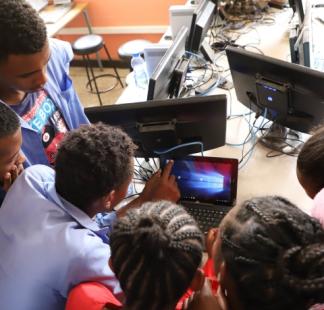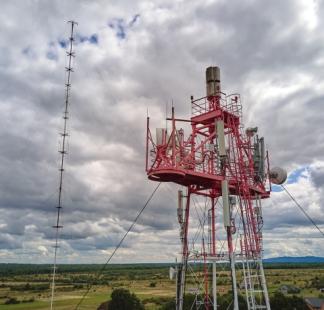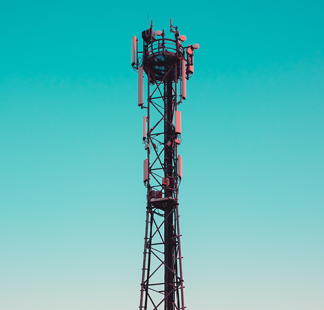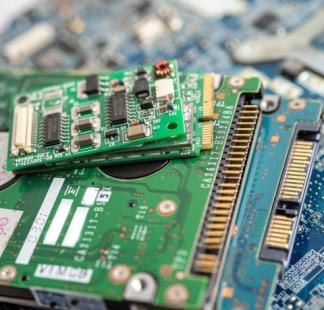Description
This course will cover mobile broadband Internet, 5G and future services, including technologies, regulation and business aspects. The course will cover Internet and IP mobility management approaches, Mobile IPv6, and mobile Internet governance. Also, it will include 4G/4.5G access, LTE-Advanced and LTE-Advanced Pro, Evolved Packet System (EPS) architecture, WiFi traffic offload, 4G QoS, small cells approaches, and spectrum management. Further, the course will cover 5G New Radio (NR) access, 5G Next Generation core, 5G network slicing/virtualization and SDN (Software Defined Networking), 5G QoS, 4G to 5G transition, and 5G spectrum management including 5G practical implementations. It will also include mobile/wireless Internet of Things (IoT) in 4G and 5G, including massive and critical IoT services, as well as Multi-access Edge Computing (MEC) and fog computing. It will also include enhanced Mobile Broadband (eMBB), Ultra-Reliable and Low-Latency Communication (URLLC) and massive Machine Type Communication (mMTC), as well as use of Artificial Intelligence (AI) and Machine Learning for 5G. Finally, the course will cover future mobile OTT services and Internet net neutrality, VoLTE and VoNR, 5G media streaming, AR/VR, 5G TV broadcast, 5G fixed-wireless access, vehicular to everything (V2X), industrial automation, 5G smart services, as well as business and regulatory aspects of future services.












